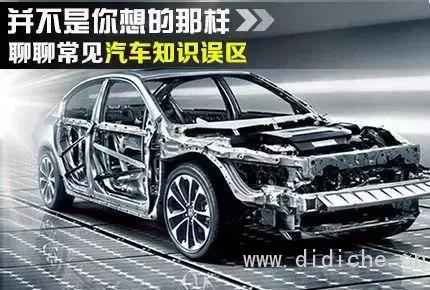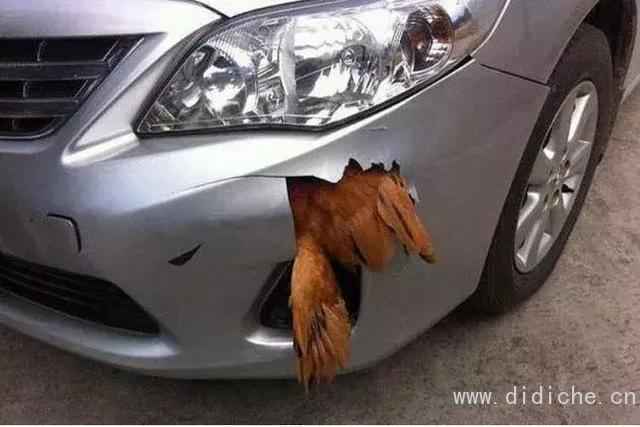I believe that many friends will learn about the performance, quality and reputation of the intended car through various channels when buying a car. But people also say that some of the words circulated in the market are actually not scientific.Today, Shao Che will tell you 5 things aboutcarSafety error knowledge, see if you are shot.
◆ ◆ ◆ ◆ ◆
1. The thicker the car, the safer
I believe that many friends believe that thicker car skins can effectively resist impact and reduce injuries in the event of an accident.But in fact, the thickness of the car will only affect the whole carSoundproofAnd a sense of class. Of course, the repair cost after scratch damage also depends on the thickness of the car.
◆ ◆ ◆ ◆ ◆
2. The heavier the car, the safer it is
This statement is not comprehensive enough, it depends on the situation. Generally, for two cars with the same crash score, the impact force on the wall is proportional to the weight, so the heavy car does perform better in terms of safety. If there are two cars in the same class, the heavy vehicle may not be ideal in terms of lightweight design, or the steel frame is not strong enough to be made stronger, but it does not mean that the safety of the heavy vehicle is better than that of the light vehicle. In fact, we can make an extreme hypothesis. Can a car be improved by putting piles of bricks in it? The answer is obviously no.
◆ ◆ ◆ ◆ ◆
3. SUV is safer than sedan
Presumably, many friends see the sturdy body of an SUV and think that it is safer than a car. You can't say it wrong, but you can't say it right. In the event of a rear-end collision, an SUV that is high off the ground can indeed take advantage of it. However, because of the high center of gravity, the SUV is prone to rollover when cornering at high speed. According to global traffic accident statistics, the rollover mortality rate is the highest.
Are cars safer than SUVs? Nor is it. Although the SUV platform of the same price is usually one level lower than that of the car of the same price, due to different models, manufacturers will carry out reasonable safety designs according to the body structure. In general, the safety of an SUV and a car at the same price is almost the same.
◆ ◆ ◆ ◆ ◆
4. Reducing the anti-collision beam is disregarding safety
First of all, it is certain that the anti-collision beam is indeed a device that can effectively protect the safety of the car. However, the anti-collision beam has certain limitations. It can only effectively absorb the collision energy when the vehicle is involved in a low-speed collision, and minimize the damage of the impact force to the body rail. But in traffic accidents that really threaten the lives of drivers and passengers, it does not have much effect.
Of course, as for why the anti-collision beams are reduced, the car thinks that apart from the cost factor, perhaps a certain car already meets the national standards in terms of safety design, and installing an anti-collision beam would be unnecessary.
◆ ◆ ◆ ◆ ◆
5. The Japanese system is not as safe as the U.S. system
Surely some friends are questioning, is it wrong for American cars to be safer than Japanese cars? certainly. However, this recognition is also reasonable, because domestic Japanese models save more safety equipment and the collision standards are not strict enough, so they leave an unsafe impression. There is also the German series, the old models are reduced in configuration, and the safety performance is not good enough. The American models have very kind safety equipment in the country, which naturally makes consumers applaud.
But in fact, in the international market, the safest low-priced cars come from Japan, represented by Honda and Subaru.They even surpassed the results in the IIHS crash testBenzBMW. Second is the German department, and finally the American department. Of course, Japanese brands also have underperforming brands, represented by Nissan and Suzuki. However, in general, the safety performance of each car system is almost the same, and it is not possible to determine who is better.
How is it, did you get shot? Do you agree with the saying that there are fewer cars? In fact, there are still some misconceptions about car safety, and I will not list them one by one. In short, car safety mainly depends on the strength design of the body structure, and other accessories can only be icing on the cake, and cannot play a decisive role.












 Email:
Email: